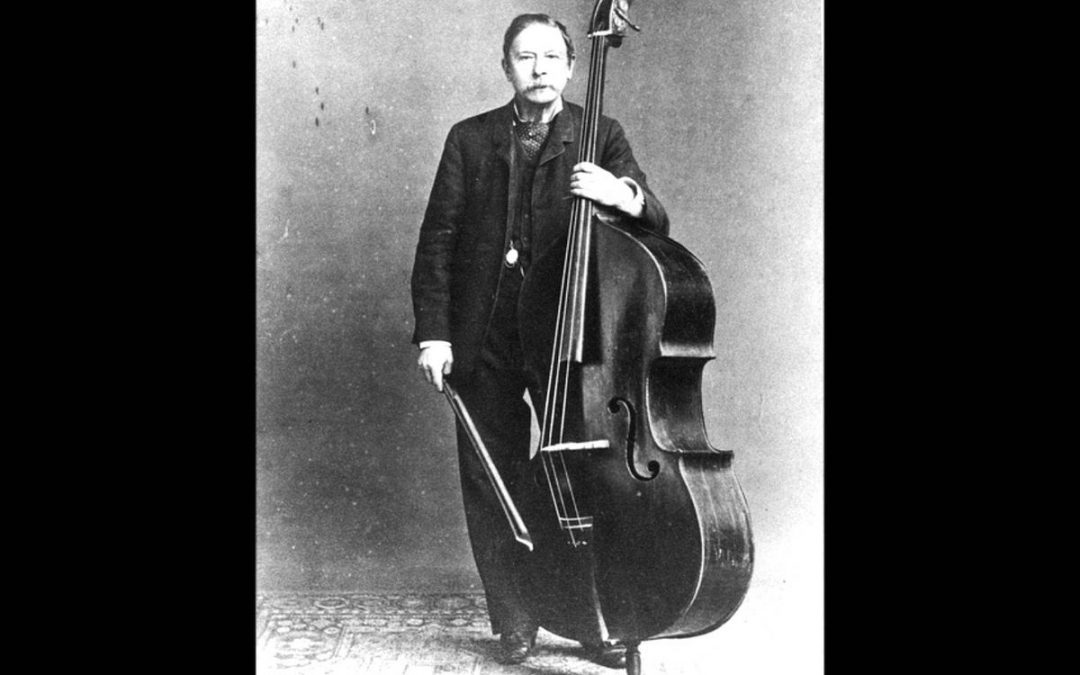Giovanni Bottesini was a renowned 19th-century double bass virtuoso, known world-wide as the “Paganini of the Double Bass.” He was born in northern Italy into a musical family, starting off his musical life by playing timpani and violin. However, when he heard of a potential bass scholarship at the Milan conservatory, he switched to double bass and within a few weeks was accepted by the conservatory.
After graduating, he started a successful career as a bass soloist and toured throughout Europe, the Americas, Egypt and Turkey. He made a number of tours to the United States starting in 1847. Bottesini had immense influence on the recognition of the double bass as a solo instrument. He composed signature virtuoso works for the instrument and significantly contributed to bass technique.
In later life, Bottesini was renowned as a conductor and composer of operas, concertos, and chamber works. He became a lifelong friend of Guiseppe Verdi and conducted the premiere of Verdi’s Aida in Cairo in 1871.
Bottesini’s Concerto No. 2 in B minor is one of his most performed solo works for the bass. Composed in 1845, the concerto uses the full range of the bass to showcase the player’s virtuosity. It has three movements, and many aspects of the concerto are operatic in character.
The opening Allegro moderato features long lyrical lines, spans the instrument from the lowest register to high harmonics, and features an extended cadenza. The lyrical second movement is an extended aria, introspective and soulful. The final Allegro is full of dash and drama. A cascading opening motif in the strings leads to a lively main theme in the bass, dramatic leaps, virtuosic passagework, and ends in a triumphant flourish.
Here’s a video of The Broadway Bach Ensemble performing the Bottesini Concerto, with Timothy Cobb as bass soloist, along with Mr. Cobb’s encore.
Double Bass Concerto No. 2 in B minor
Composed in (published) 1925
By Giovanni Bottesini






